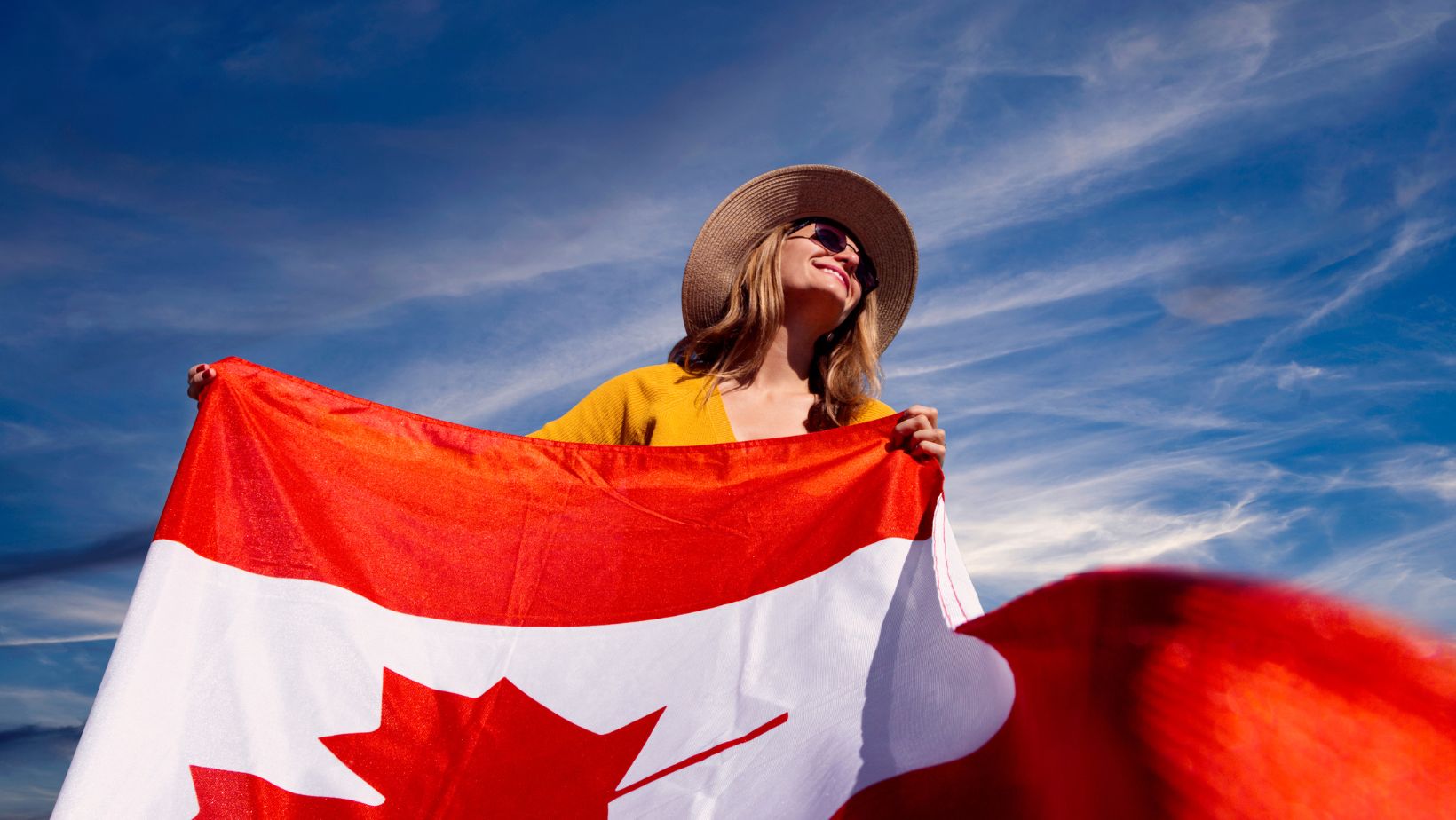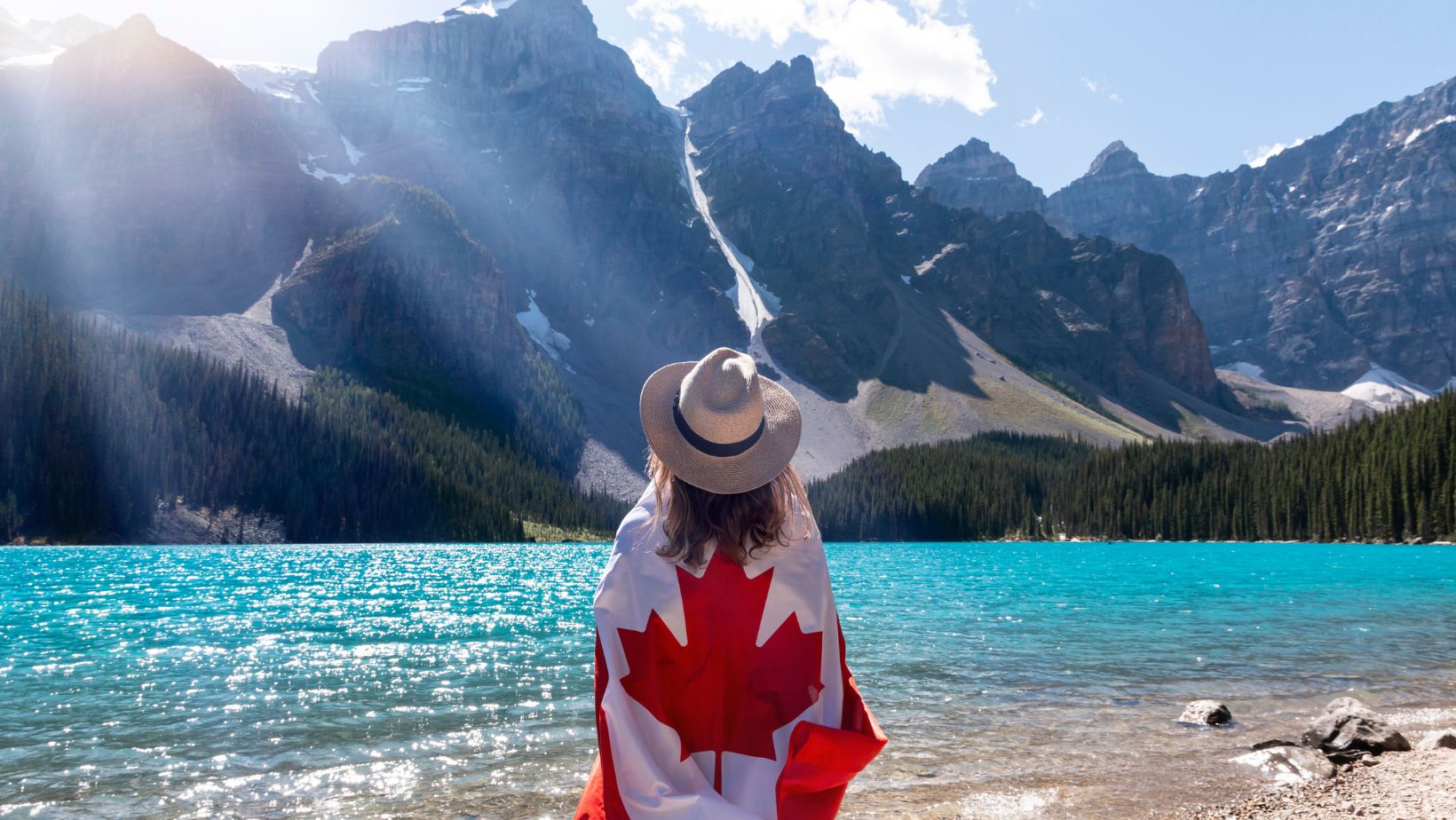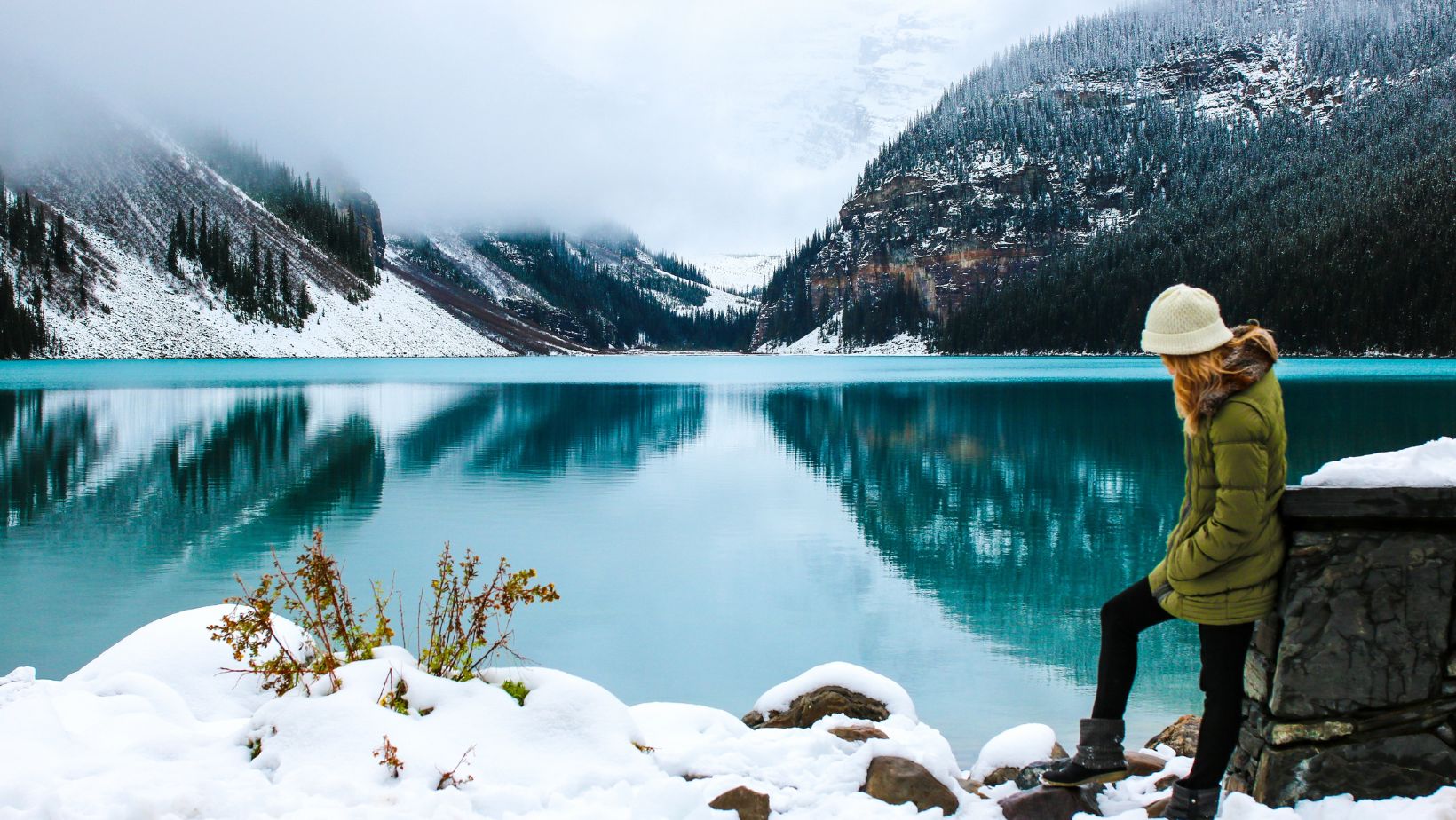
Canada’s wild, expansive landscapes and diverse natural beauty make it a dream destination for outdoor adventurers. Whether you’re a fan of mountains, lakes, or coastlines, Canada has it all. To make the most of your trip, careful planning is essential. Here’s your step-by-step guide to crafting the perfect Canadian outdoor adventure.
Choosing Your Destination
Canada offers an impressive variety of natural settings to explore, each with its own unique appeal. In the west, Alberta’s Banff and Jasper National Parks feature towering mountains, glacial lakes, and an abundance of wildlife, perfect for hiking and camping. Nova Scotia’s Cape Breton Highlands is a gem for coastal views and scenic drives. Meanwhile, Ontario’s Algonquin Park offers diverse forest landscapes, canoe routes, and excellent opportunities for spotting moose.
Researching each location’s key features and seasonal highlights can help you decide on the perfect spot for your adventure. Each destination has a peak season, so finding the best time to visit based on your activities and desire to avoid crowds is essential.
Deciding on the Best Season for Your Adventure
Choosing the right season is critical, as Canada’s weather varies significantly. Each season offers unique advantages:
- Summer is perfect for outdoor activities like hiking, camping, and canoeing, with milder weather across most regions. You’ll find warmer temperatures, but also more tourists in the popular national parks.
- Winter opens opportunities for skiing, snowshoeing, and winter camping, especially in the mountainous areas of British Columbia and Alberta. Be prepared for cold temperatures and snowy terrain, and pack accordingly.
- Spring and fall offer a balance of comfortable weather, fewer crowds, and stunning natural displays, like spring blooms and autumn foliage.
Weather can be unpredictable, so it’s always wise to bring layers and check regional forecasts before your trip.
Essential Gear and Packing Tips
When preparing for an outdoor adventure, your gear can make or break your experience. First, focus on essentials: a sturdy tent, sleeping bag, cooking supplies, and safety equipment like a first-aid kit. You’ll also want a reliable backpack, weatherproof clothing, and durable footwear.
Eco-friendly options, such as reusable water bottles, biodegradable soap, and solar chargers, allow you to explore responsibly. Consider bringing lightweight, compact items, which can help if you’re moving from one location to another.
Navigating Canadian Wildlife Encounters
One of the unique aspects of a Canadian outdoor adventure is the potential for wildlife encounters. Canada is home to diverse wildlife, including bears, moose, deer, and wolves. Always stay alert, follow local safety guidelines, and pack bear spray if you’re in bear country. Learning “Leave No Trace” principles can help you respect these animals and protect their natural habitats. Remember, these creatures add to the wonder of Canada’s landscapes but require distance and respect.
Planning a Canadian Fishing Trip
For many outdoor enthusiasts, a fishing trip is a must when visiting Canada. From Ontario’s Great Lakes to British Columbia’s rivers and Alberta’s mountain lakes, the options are vast. To fish in Canada, you’ll need a provincial fishing license, and regulations vary depending on the area and species you’re targeting.
If you’re looking for a unique experience, consider a Canadian fly-in fishing trip for access to remote fishing spots that are often teeming with fish and offer stunning, untouched views. Packing the right gear such as fishing rods, tackle, and weather-appropriate clothing is essential. Sustainable practices, such as adhering to catch-and-release guidelines, help preserve the waterways and maintain healthy fish populations.
Adventure Activities to Consider
Canada’s natural landscape is ideal for numerous outdoor activities, many of which can be tailored to different fitness levels and preferences.
- Hiking and Backpacking: From beginner-friendly routes to challenging backcountry trails, Canada has it all. Banff and Jasper feature classic routes like the Plain of Six Glaciers trail, while Quebec’s Gaspésie National Park offers dramatic scenery along the Mont Jacques-Cartier trail.
- Kayaking and Canoeing: Canada’s lakes and rivers are perfect for paddling adventures. Algonquin Park’s extensive canoe routes and British Columbia’s Desolation Sound are popular spots.
- Rock Climbing and Mountain Biking: Look for challenging trails and rock faces in areas like Squamish, BC, or Canmore, Alberta. These locations offer a range of trails and routes for different skill levels.
Staying Safe on Your Adventure
Safety should be a top priority, especially if you’re venturing into remote areas. Basic essentials like a first-aid kit, navigation tools, and an emergency communication device can be invaluable. To prevent common outdoor injuries, pack blister prevention supplies, stay hydrated, and dress in layers to adapt to changing temperatures.
Learning some basic survival skills such as starting a fire, building a shelter, and reading a map can also make a significant difference in emergency situations. Familiarize yourself with local regulations and trail guidelines to ensure you’re following safety protocols.
Conclusion
Planning an outdoor adventure in Canada involves careful consideration of the destination, season, gear, and safety measures. By organizing your trip thoughtfully and respecting Canada’s beautiful landscapes, you’ll set yourself up for an unforgettable experience. Whether you’re fishing in a remote lake or hiking through mountainous terrain, these tips will help you enjoy every moment of your journey. Embrace the freedom and natural beauty of Canada’s wilderness while keeping safety and sustainability at the forefront of your adventure.








